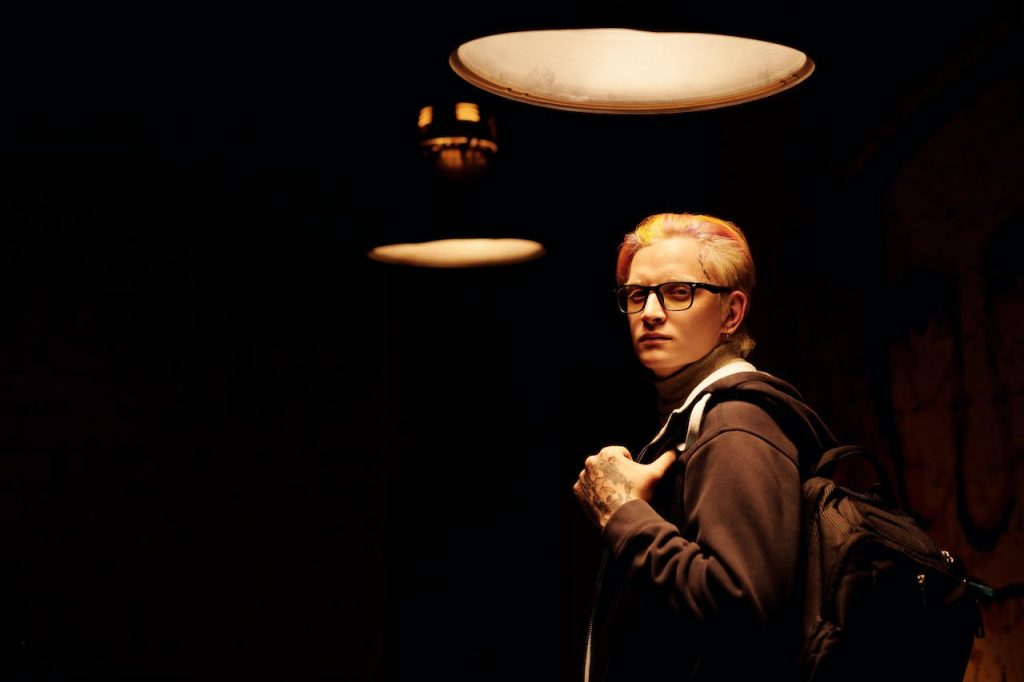Introduction:
In recent years, a significant shift has occurred in the digital landscape, and it’s casting a darker hue on our screens – the rise of Dark Mode. Once considered a niche preference, Dark Mode has now become a mainstream feature across various applications and websites. This transformation is not merely an aesthetic choice; it represents a response to changing user preferences and a commitment to providing a more comfortable and visually appealing experience, especially for the night owls. In this article, we explore the reasons behind the surge in popularity of Dark Mode and the considerations for designers when embracing this nocturnal-friendly design trend.
- Easing Eye Strain: The Health-Conscious Revolution: One of the primary driving forces behind the adoption of Dark Mode is its potential to reduce eye strain. With more people spending extended hours in front of screens, particularly during the evening, the softer contrast of dark backgrounds and light text can be gentler on the eyes. We delve into the science behind eye strain and how Dark Mode offers a more relaxed visual experience, contributing to user well-being.
- Saving Energy: A Sustainable Design Choice: Dark Mode isn’t just friendly on the eyes; it’s also eco-friendly. For devices with OLED or AMOLED screens, displaying dark pixels consumes less energy, leading to increased battery efficiency. We discuss how Dark Mode aligns with the growing emphasis on sustainable design practices, benefiting both users and the environment.
- Setting the Mood: Crafting Aesthetics for Nighttime Browsing: Beyond its practical benefits, Dark Mode has become synonymous with a sleek and modern aesthetic. We explore how designers can leverage this trend to create visually striking interfaces that set the mood for nighttime browsing. From contrasting color schemes to strategically placed accent hues, we examine the nuances of crafting aesthetically pleasing Dark Mode designs.
- Customization and Accessibility: Catering to Diverse Preferences: The beauty of Dark Mode lies in its flexibility. We discuss how providing users with the option to toggle between light and dark interfaces caters to diverse preferences. Designers can empower users to personalize their digital experience, emphasizing the importance of accessibility and inclusivity in modern design practices.
- Challenges and Considerations: Navigating the Shadows: While Dark Mode brings numerous advantages, it also presents unique challenges for designers. We address considerations such as maintaining readability, adapting images and icons, and ensuring consistency across platforms. By acknowledging these challenges, designers can navigate the shadows of Dark Mode effectively.
Conclusion:
The rise of Dark Mode signifies a broader evolution in digital design, one that prioritizes user comfort, sustainability, and aesthetic appeal. As designers embrace this trend, they find themselves not only catering to the night owls but also responding to a collective shift in user expectations. Dark Mode isn’t just a passing fad; it’s a design philosophy that recognizes the importance of adaptability and user-centricity in an ever-changing digital landscape. So, as we design for the night owls, let’s not just dim the lights – let’s illuminate a new era of user-centric and visually engaging design.












